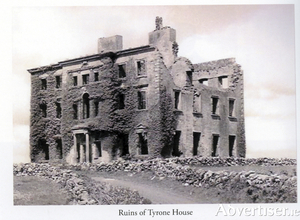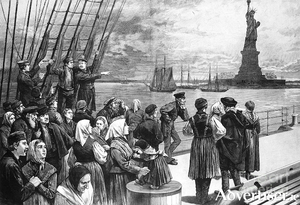Search Results for 'the Galway Vindicator'
23 results found.
Galway postboxes
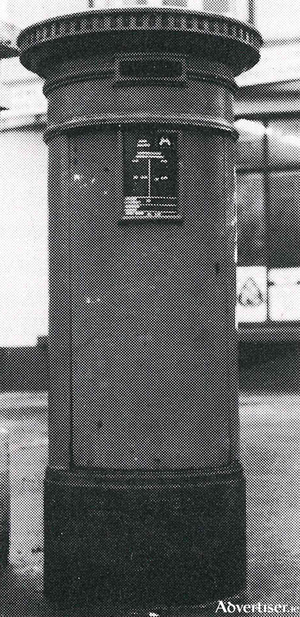
The regular use of the words “post” and “Litir” in 15th century Irish manuscripts suggests that by that time, a postal system was already in existence here. In 1657, a Bill was passed ‘for settling the postage of England, Scotland and Ireland’ which set up a Government monopoly of the service. The Galway Post Office had been established in 1653, and the network of Post Offices throughout the county gradually grew.
The Royal Galway Yacht Club
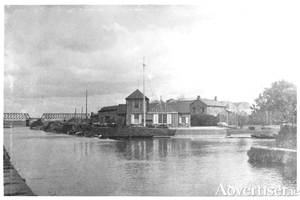
Our first illustration today is a drawing by MJ Tighe, architect, Galway, of the proposed new clubhouse for the Royal Galway Yacht Club at the corner of the Gaol River and the Eglinton Canal. The club was founded and received Royal Warrant in 1882. It was established as a social combination to promote sailing and rowing on the bay and lake, and the enjoyment of all the amenities of the Corrib Lake and River. They managed to survive and carry on for some years in difficult circumstances.
One hundred years ago this week…
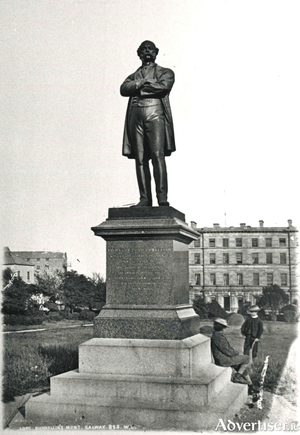
John Henry Foley was one of the greatest artists this country produced in the 19th century. He was a world famous sculptor who was commissioned to produce many public works in different parts of the world including Galway. The statue he produced here was of Lord Dunkellin, a 2.5 metre high bronze on a polished Peterhead red granite base which stood on two steps of Aberdeen granite about 20 yards inside the main gate into the Square. ‘In none of the great works which have given him world-wide celebrity has he shown more genius and skill than in the present instance where, with only the slender assistance of a photograph, has he been able to produce the faithful likeness.’
March 1875 - Smallpox in Athenry
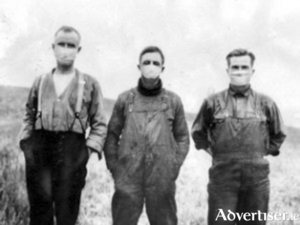
On March 2 1875, the medical officer of the Athenry Dispensary District, Dr WJ Leonard, wrote an urgent letter to the Local Government Board (LGB) in Dublin, regretting to report a ‘very bad case of smallpox’ which had come into his district the previous day. He briefly described how it was discovered:
An astonishing rescue
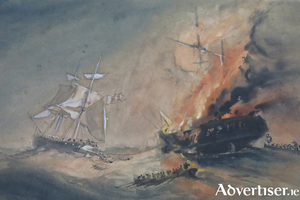
There can be no greater horror for passengers and crew than facing death on a burning ship in a heavy sea, that was sinking by its bow. Which death would you choose? Stay on board and be burnt? Or chance your luck in the waves?
Galway’s ‘Titanic’ burst into flames in the Atlantic
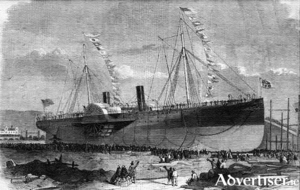
On Saturday October 6 1860 approximately one hundred miles out from Boston, the PS Connaught, one of the biggest and most spectacular transatlantic ships of its day, hit a storm, and sprung a leak. As water poured into the engine room, an auxiliary coal-fired engine was started which sparked a fire which rapidly spread out of control. Flames and smoke forced the 591 passengers and crew on to the top deck.
The extraordinary Fr Peter Daly walks on to the Galway Stage
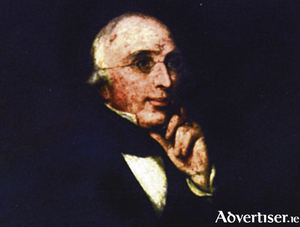
In the early decades of the 19th century fortunes were made in giving hundreds of thousands of emigrants safe passage to America. As the decades slipped by the numbers grew into millions. Liverpool had the main transatlantic business for these two islands, but Galway, situated some 300 miles closer to America, and with the onset of powerful steam-driven ships, believed that a better and quicker service could be provided.
Did a midsummer murder silence a guilty pilot?
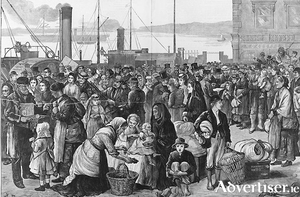
In June 1858 Galway town was in a fever of wild speculation and excitement. Its vision for a magnificent transatlantic port off Furbo, reaching deep into Galway Bay, where passengers from Britain, and throughout the island of Ireland, would be brought to their emigration ship in the comfort of a train, now faced being scuppered by the apparent criminal intent of the two local pilots.
